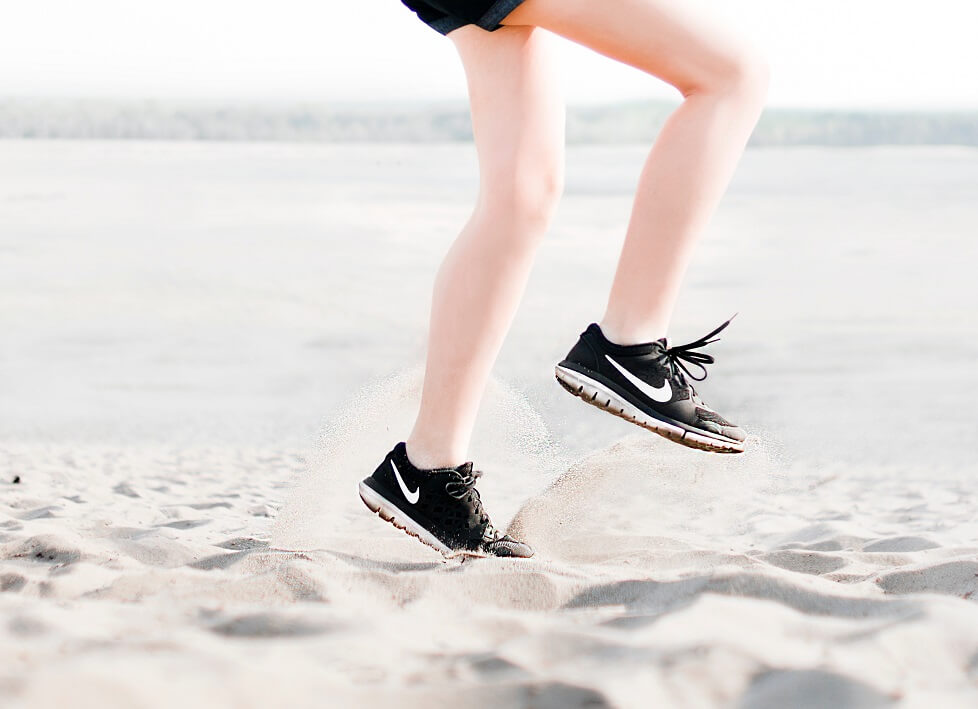ABSOLUTE ASCENDANCY
BUILD STRENGTH - ELIMINATE WEAKNESS - UNLEASH POTENTIAL
Power Up – Piston Squat

Commencing operation . . .
The squat is one of the most staple exercises for pretty much anyone who exercises. I do several variants at home, and I almost always end up doing them when training at the dojo as part of the warm-up. As mentioned, there is a whole heap of different versions of the squat, but my main focus is to talk about my favourite, the piston squat.
Piston squats are fantastic in developing strength and balance in each leg individually, both of which are vital for martial artists. Piston squats just like with single arm push-ups will identify any weaknesses with your leg strength and single leg balance. Most people will have a dominant arm and a dominant leg, and the goal with these targeted exercises is to bridge the gap in strength in each limb. This is important because extreme muscular imbalances can cause undue stress on areas of the body, which are significantly weaker. In the heat of the moment, especially without conscious awareness, your body is likely to try and exert itself equally, but if one side is much weaker than the other, then that equivalent balance in exertion that your body works to maintain will falter on the more vulnerable side, leading to injury. Also, the stronger side of the body will end up overcompensating to try and support the weaker side, and this again can lead to problems if not rectified.
Before describing the execution of the piston squat, I will run through the fundamentals for the basic squat as there is no point in attempting a piston squat unless the basic version is first mastered. Stand with both feet shoulder-width apart. Then bend your knees and lower your backside to the floor. If you can get your buttocks to touch the ground, all the better. As you lower yourself, It is vital that you keep most of the downwards force behind the supporting leg. In other words, you should almost pretend that you are trying to sit down on an invisible chair. Leaning forward too much can place undue stress on the lower back and knees, making them more susceptible to injury. If you do have problems with your knees or back, you can do sumo squats, a variant where your feet are greater than shoulder width, and you do not need to bend your knees as much either. Another alternative is to squat with your back against the wall for support.
Once comfortable with the above, to do the piston squat you stick one leg out in front of you then bend your grounded knee to lower yourself to the ground. Ideally, you want to be able to get your buttocks to the floor before rising back up. Just like with regular squatting, ensure that you are not leaning forward and that your weight is not bearing down on your knees too much. As you acquire mastery in this piston squat, you can choose to perform the exercise while holding onto some dumbbells for increased weight. At home, I do 3 sets of 6 while holding onto weighted plates weighing between 5-10 kg.
Mission complete – Overlord Drakow signing out.
Pingback: Get Stretched - How to Break Fall Correctly | Absolute Ascendancy